#utagawa yoshitoshi
Explore tagged Tumblr posts
Text

Kiso Yoshinaka and the Flight of the Child Emperor
Tomoe Gozen, by Kitao Masayoshi, Edo Period, Source: Ukiyo-e.org
The Rise of the Minamoto: Japan’s First Shogunate
The samurai, through most of Japan’s history, were the ruling warrior class. But that wasn’t always so. Discover how Japan transitioned under the Minamoto.
Yoshitsune’s Campaign

The Battle of Ichi-no-Tani, on folding screen, late 1600s, Source: Wikimedia Commons
Dan-no-Ura

Yoshitsune Leaps Over Eight Boats, by Utagawa Yoshitoshi, 19th century, Source: The Art of Japan
The Kamakura Shogunate

Hunting at the Foot of Mount Fuji, by Utagawa Kunisada, 1820, Source: Japanese Prints
#the rise of the minamoto#japan#history#minamoto#shogunate#samarai#kitao masayoshi#artist#art#utagawa yoshitoshi#utagawa kunisada
2 notes
·
View notes
Text
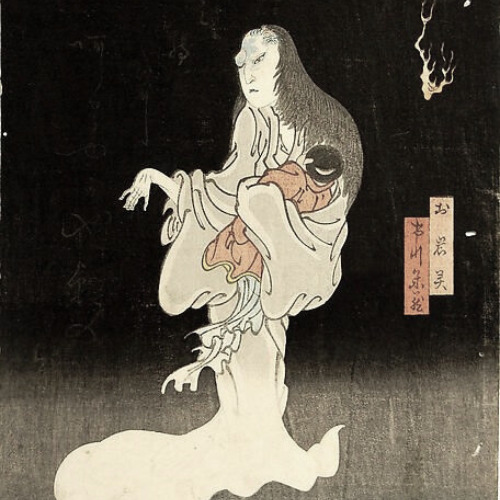
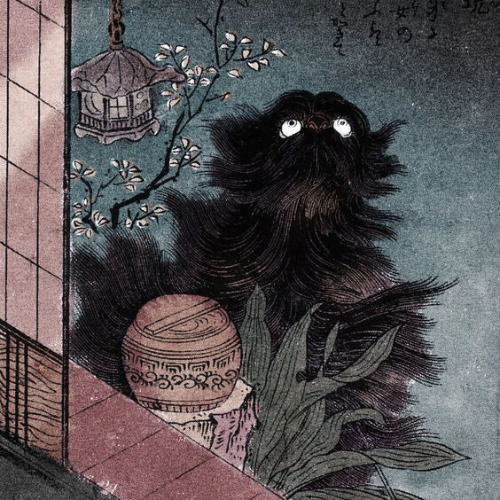

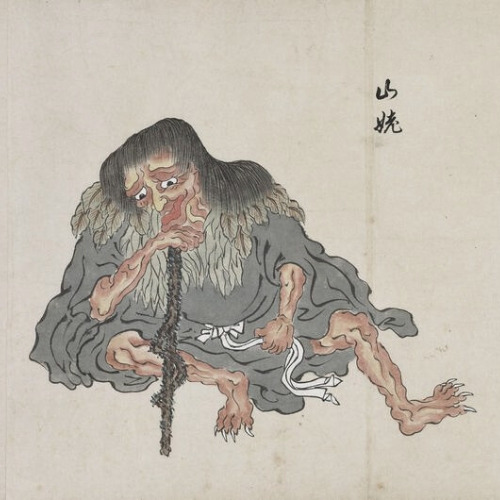

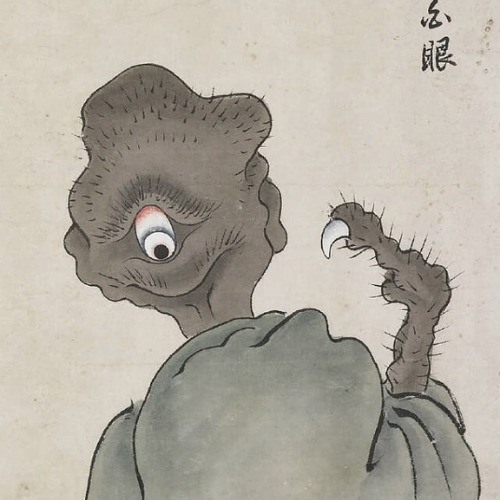
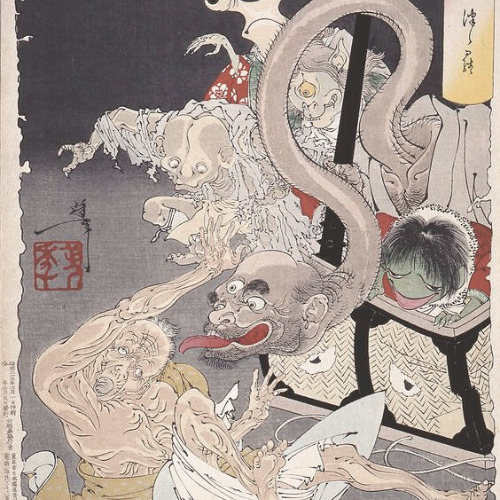
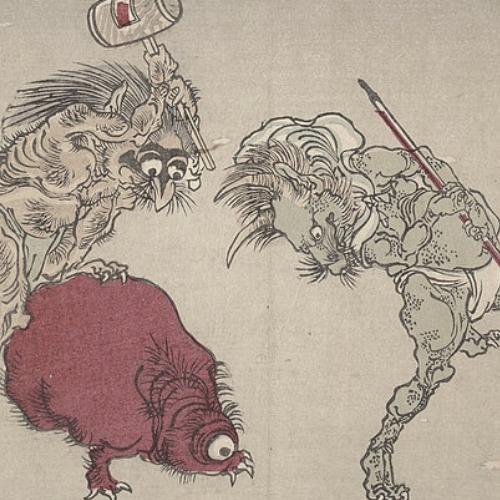






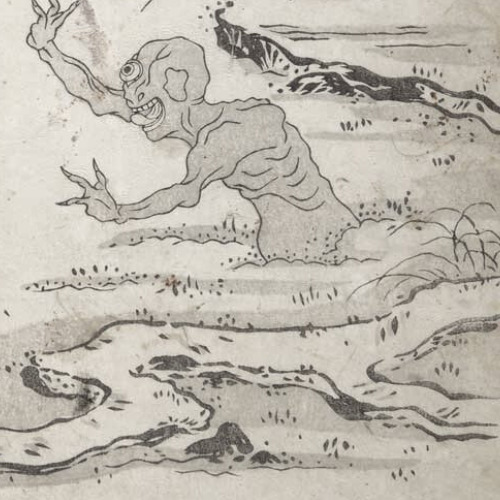
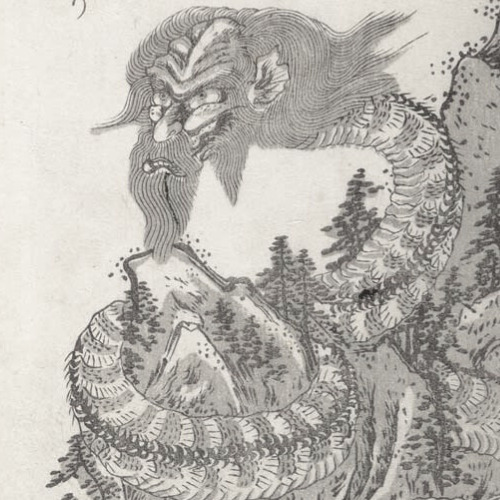

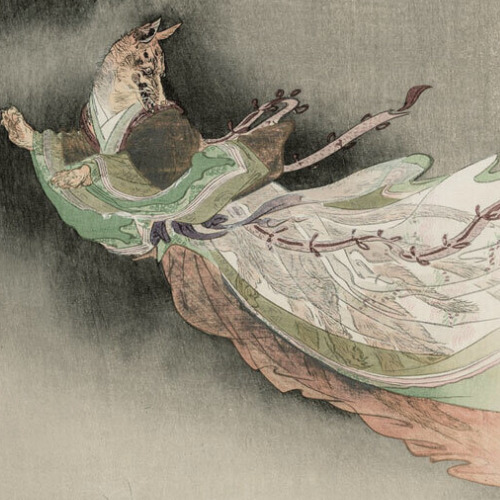

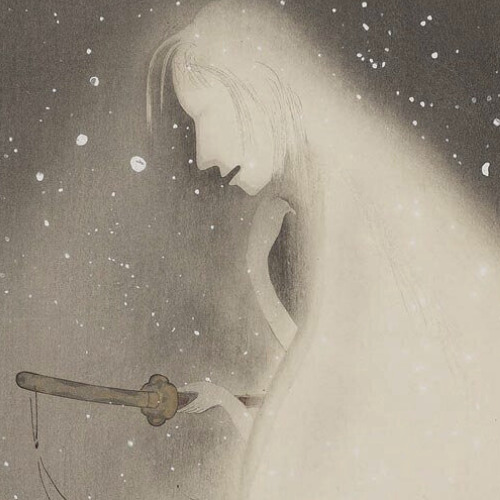
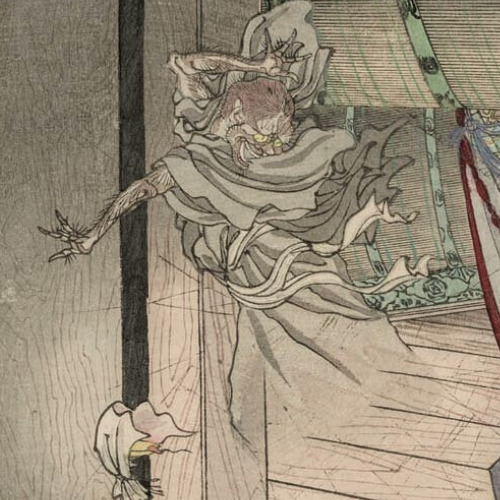

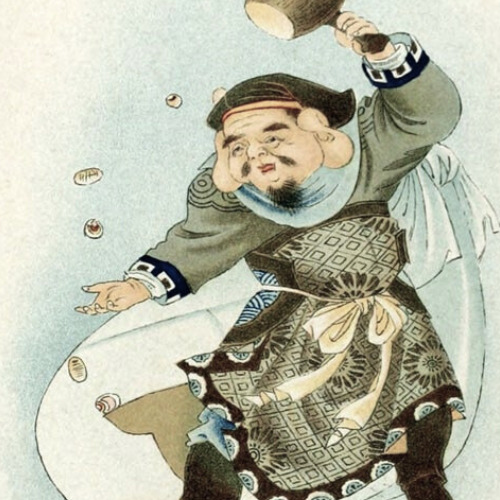


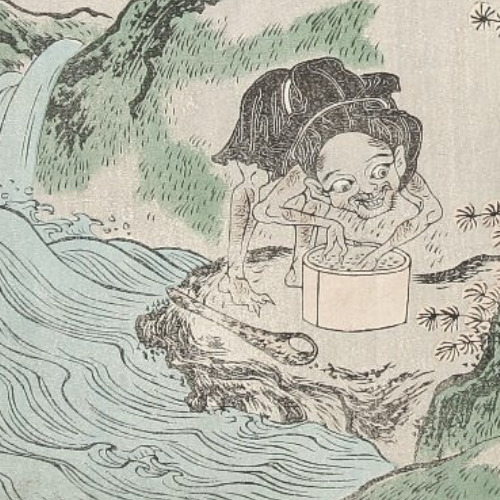
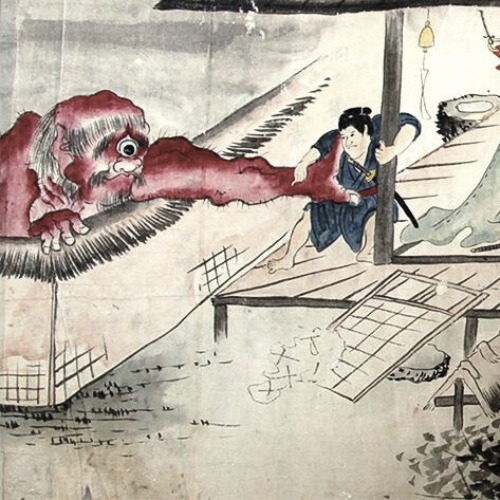


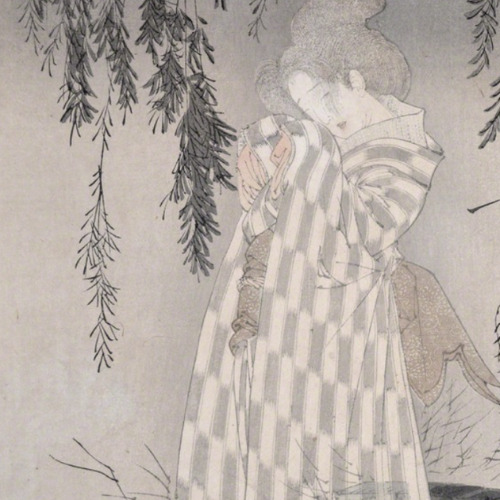
creatures in art: yokai
#i think the artist is enjaku#finding some of these artists is going to be difficult but im trying my best#-cant find artist#i think yuko shimizu#unknown artist#--cant find artist#-unknown artist#artist is yoshitoshi tuskioka#artist is kawanabe kyosai#artist is katsushika hokusai#artist is kuniyoshi kidomaru#artist is suuhi nekomata#-artist is tsukioka yoshitoshi#-unknown artist-#--artist is kawanabe kyosai#artist is toriyama sekien#--artist is toriyama sekien#artist is utagawa kuniyoshi#artist is ogata gekko#artist is tsukioka kogyo#artist is umeura shoen#artist is adachi ginko#artist is utagawa toyokuni#cant find artist-#--cant find artist--#-artist is katsushika hokusai#---cant find artist#--unknown artist--#----cant find artist#-unknown artist---
223 notes
·
View notes
Text

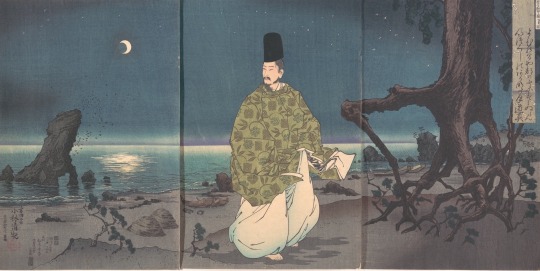

Tsukioka Yoshitoshi, Fujiwara no Yasimasa Playing the Flute by Moonlight, 1883
Kobayashi Kiyochika, Sugawara Michizane Expeled, Feburary 1884
Utagawa Hiroshige, Full Moon at the Harbor or Lady Murasaki Watching the Autumn Moon at Ishiyama, mid 19th century
#tsukioka yoshitoshi#kobayashi kiyochika#utagawa hiroshige#moonlight#moon#night scene#japanese prints#triptych#japanese woodblock print#japanese print#japanese art#full moon#flute player#art history#aesthetictumblr#tumblraesthetic#tumblr art#tumblrpictures#tumblrpic#artists on tumblr#tumblrstyle#tumblrposts#aesthetic#beauty#japan#woodblock print#modern art
112 notes
·
View notes
Text
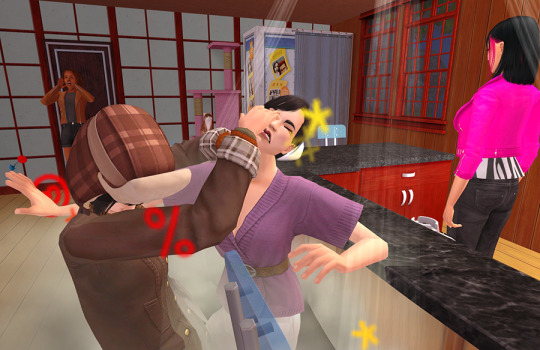
Rather than a wall, Akari's fist connected with Yoshitoshi Utagawa's jaw instead.
Ursula: "Get 'er, Toshi!"
It felt good, to let out that pent-up frustration, and Akari was too drunk to care who she used as her punching bag.
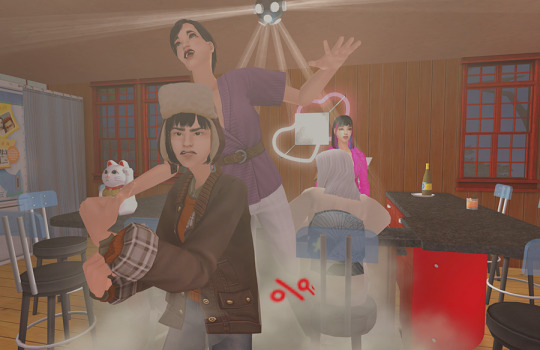
For her part, Yoshitoshi did care, and unlike Akari, she was still fairly sober.
She also used to be a dancer; she was quick, nimble, light on her feet and stronger than she looked.
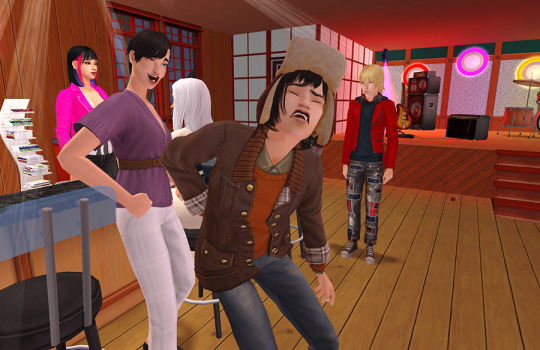
It didn't take her long to knock the "world-famous artist" on her backside, much to the amusement of Ryuji Kokei. This was the funniest fucking thing he'd seen in months!
Chiyo tactfully turned a blind eye. She hated it, but maybe this was the metaphorical (and literal) kick in the ass Akari needed to get her act together, since well-meaning words obviously fell on deaf ears.
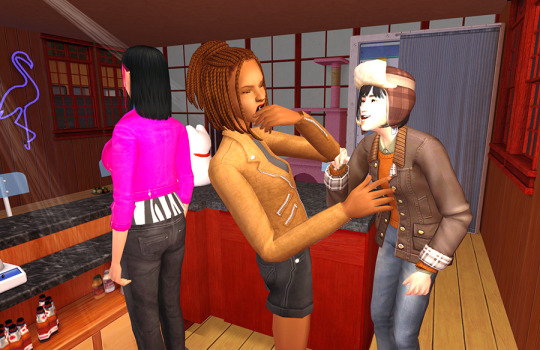
At this point, most people would have tried to salvage what remained of their pride and stagger back home, but not Akari Hiwatari.
Instead, she dusted herself off and decided to give Ursula Willis a piece of her mind too.
A: "Thought that was funny, did you, miss Washed Up Writer?"
U: "Oww! Hey! Stop it! Just because you got your ass kicked -"
A: "She fights dirty - I'll remember that next time."
U: "You're a menace, did you know that? Go home and sober up or I'm calling the cops...or whatever!"
Ursula wasn't sure Nekojima had a police force, but would find someone to deal with Hiwatari's drunk ass! The woman had completely lost it!
She had better check to make sure Toshi was okay...
#sims 2#ts2#the sims 2#sims2#nekojima#nekojima neighborhood#akari hiwatari#yoshitoshi utagawa#ursula willis#she just went after toshi 😭#and then ursula#the spike in violence across Nekojima doesn't end here either
23 notes
·
View notes
Text

Utagawa Yoshiiku (1833-1904)
Tsukioka Yoshitoshi (1839-1892)
Sano Jirozaemon, from Eimei nijuhasshuku (Twenty-eight forms of murders with verse) 1867 Muzan-e (無残絵), also known as "Bloody Prints", refers to Japanese woodcut prints of violent nature published in the late Edo and Meiji periods. One of the earliest and most well-known examples is the collection Twenty-Eight Famous Murders with Verse (英名二十八衆句, eimei nijūhasshūku) by the artists Yoshitoshi and Yoshiiku from the 1860s, which depicted several gruesome acts of murder or torture based on historical events or scenes in Kabuki plays.
The origins of ero-guro genre. Chapter One. The case of the ‘thousand cuts’ killer
The madness of Magara Shingorõ
“... Last night, a well-disposed rõnin by the name of Magara Shingorõ came to visit me at my house. Upon arrival, he asked “I have been holed up at Atagoyama where I have been offering prayers. However I am very tired. Might I rest here for a while?”. He looked like a fairly stable, trustworthy sort of fellow so I let him in. Almost as soon as he had entered, he suddenly dropped down onto the floor and quickly fell into a deep sleep. This morning, when I went to take breakfast to Magara in his room, where he was still asleep, I noticed that he had blood on various parts of his clothing. Not only that, the sword that he had drawn from its scabbard and placed upright on the floor was covered in blood, right up to the hilt. Being that he is a large man, and unsure what he might do after he wakes up, I’ve hidden both his main and short swords as a precaution”. The magistrate exclaimed “That’s him, that’s the culprit. Seize him”, and dispatched a posse of retainers off to Shinetsubõ’s house. Upon entering the house, the posse found Magara sound asleep and easily overpowered him. He was then taken back to the official’s residence, and gave the following response to questioning: “Ordinarily I pray at Atago Shrine. Last night, while I was praying, I received a divine message which said “You should cut one thousand people starting tonight. If you do this, all of your wishes shall come true.” So I left Atagoyama and ran about cutting anybody I happened to come across, just cutting and running, cutting and running. I remember cutting around 20 or 30 people, but I have no idea whether they are still alive or dead”. Magara then made a final request: “Please allow me to continue to cut a thousand people. My wishes won’t come true if I don’t”...
https://www.harashobo.com/english/ukiyoe_detail.php?print_id=29978
https://www.farbeyondthemiyako.com/3696012293279312280612398125021252512464---far-beyond-the-miyako-blog/the-case-of-the-thousand-cuts-killer-chilling-tales-from-old-edo
https://www.youtube.com/watch?v=pHoB0-Ktm58
https://en.wikipedia.org/wiki/Muzan-e
#japanese#illustration#history#crime#story#Utagawa Yoshiiku#Tsukioka Yoshitoshi#books#woodblock print#research#eroguro
15 notes
·
View notes
Text


Ikuradon is the belly of Nekojima. People pray at the shrine and they swim and fish in the ocean, but they eat and drink and live at Ikuradon. The Utagawa's have always been so proud of it. Kotami was so proud. She was so proud of catching the best fish and supporting her husband. She loved drinking with the old fishermen and spoiling the cats. Now that she's gone, the place only feels half-alive. Yoshiku moves around like a ghost. Miko acts cheerful and sobs into her pillow when she thinks no one can hear her. Toshi tries her best but she's got a little boy to look after and an ex she won't even talk about, and anyway, she loved Kotami too. It's just not working anymore. Tears aren't much of a sushi topping.
#kunisada utagawa#yoshiku utagawa#yoshitoshi utagawa#miko utagawa#kuniteru utagawa#ebiko#urchin#utagawa household#nekojima hood#nekojima round 1#sims 2
38 notes
·
View notes
Text

Utagawa Kuniyoshi ,'The Habit of Reading Books'..."Utagawa Kuniyoshi (Japanese: 歌川 国芳, [ɯtaɡawa kɯɲiꜜjoɕi]; 1 January 1798 – 14 April 1861) was one of the last great masters of the Japanese ukiyo-e style of woodblock prints and painting. He was a member of the Utagawa school. The range of Kuniyoshi's subjects included many genres: landscapes, women, Kabuki actors, cats, and mythical animals. He is known for depictions of the battles of legendary samurai heroes. His artwork incorporated aspects of Western representation in landscape painting and caricature...
Kuniyoshi was an excellent teacher and had numerous pupils who continued his branch of the Utagawa school. Among the most notable were Yoshitoshi, Yoshitora, Yoshiiku, Yoshikazu, Yoshitsuya, and Yoshifuji. Typically his students began an apprenticeship in which they worked primarily on musha-e in a style similar to that of their master. As they became established as independent artists, many went on to develop highly innovative styles of their own. His most important student was Yoshitoshi, who is now regarded as the "last master" of the Japanese woodblock print. Among those influenced by Kuniyoshi was Toyohara Chikanobu.[7] Takashi Murakami credits the pioneering influence of Kuniyoshi affecting his work.
5 notes
·
View notes
Note
Nekojima is now oficially my FAVORITE neighborhood, I absolutely love it, and I'm amazed how much heart and soul you have put in it, in every tiny detail! I've been dreaming of such a 'hood for more than a decade. Thank you so much for making my dream come true!
My Nekojima sims are for some reason autonomously flirting with each other (and no, I don't have any mods that allows it). Saiun Watanabe flirted with Kunisada Utagawa while at work, and Lin Mori flirted with Yuki Okido while Yoshiku Utagawa is unrequitedly in love with her (and they aren't even friends in my game, so she usually rejects his advances). Yoshitoshi got mad at her when she saw her flirting with Yuki! I usually don't like when my sims go against the story I have planned for them, but hey, this adds spiciness! Oh, and Lin's late husband's spirit keeps haunting their house.
This is really cool to hear about, and I'm so happy you are having so much fun with our little hood!!
I have seen sims flirt autonomously in an unmodded game, but think it happens more often in Nekojima because most of the sims have existing friendships and pre-set sexual preferences! In vanilla gameplay sims usually don't start flirting until the player "sets" their preference by directing them, I think?? Either way, it's really cool hearing about the stories the sims are "creating" in your game!! -
¬Katatty
7 notes
·
View notes
Photo
One of the most delightful things about the ukiyo-e woodprints are the use of humour and absurdism. I am reminded of Utagawa Kuniyoshi's fanatical love of cats, which he worked into as many prints as possible. I love this Bats and Umbrellas from Tsukioka Yoshitoshi.

Tsukioka Yoshitoshi, Bats and Umbrellas, 1882.
4K notes
·
View notes
Text

Chang E Flees to the Moon (1885) – Tsukioka Yoshitoshi
Ukiyo-e Prints of Beautiful Women: What Are Bijin-ga?
Explore some of the most famous prints of beautiful women, or bijin, as subjects in Japanese ukiyo-e woodblock art.

Two Beauties (c.1801-4) – Kitagawa Utamaro

Origin of Iwato Kagura Dance Amaterasu (1856) – Utagawa Kunisada

Two Beauties (19th C) – Katsushika Hokusai
0 notes
Text



Above: Watanabe Nobukazu, Beauties Viewing Moon, 1890
Center: Tsukioka Yoshitoshi. Famous Places in the East- Sumidagawa- Koji of Umewaka, 1883
Below: Kokunimasa Utagawa, Full-Moon View of Hinkai Sea, 1893
#Watanabe Nobukazu#tsukioka yoshitoshi#Kokunimasa Utagawa#moonlight#moon#full moon#beauty#japanese beauty#asian art#japanese prints#woodcut#woodblock print#art history#aesthetictumblr#tumblraesthetic#tumblrpic#japanese art#tumblrpictures#tumblr art#tumblrstyle#asian aesthetic#japanese aesthetic#artists on tumblr#tumblrposts#aesthetic#triptych
16 notes
·
View notes
Photo

yoshitoshi is his only friend outside of shouta. this is so sad ryuji.
#ts2#sims 2#the sims 2#family: kokei#sim: kokei ryuji#sim: utagawa yoshitoshi#nekojima#nekojima-neighborhood
7 notes
·
View notes
Text


Yoshiku: "Did you make these? They smell good!"

Miko: "I—I've been baking a lot."
Kunisada: "You have an interest in cooking! That's wonderful!"
Miko: "Yeah! Cooking! And... baking, too..."
#miko utagawa#kunisada utagawa#yoshiku utagawa#yoshitoshi utagawa#kuniteru utagawa#utagawa household#nekojima hood#nekojima round 1#sims 2
19 notes
·
View notes
Text
Kokin Wakashū 古今和 歌集
ou Kokinshū 古今集 - 1ère Anthologie de waka 和歌.
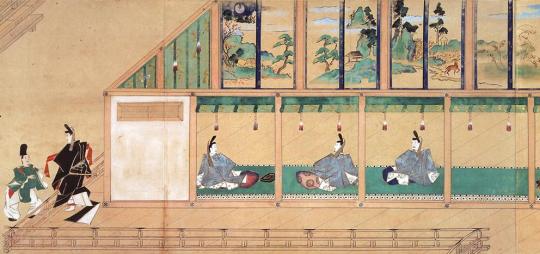
VOYAGES / Livre 9
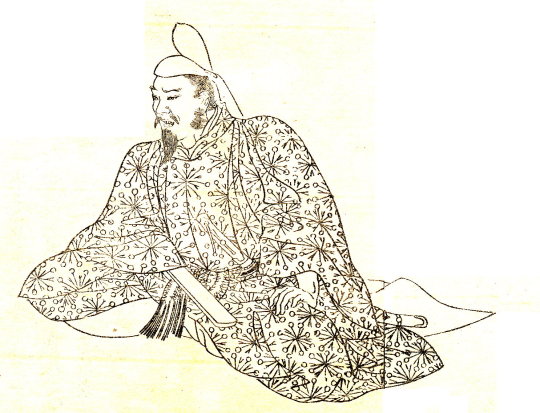
Ono no Takamura par Kikuchi Yōsai 菊池容斎 (1781 - 1878).
Poème 407 de Ono no Takamura 小野篁 ou Sangi no Takamura 参議篁 (802-853) - savant et poète.
わたの原 「和田の原」 / 八十島かけて / こぎ出ぬと / 人には告げよ / あまのつり舟 Wata no hara / Yasoshima kakete / Kogi idenu to / Hito ni wa tsugeyo / Ama no tsuri bune

Illustration du poème 407 : Ono no Takamura (Sangi Takamura) de Katsushika Hokusai 葛飾北斎 (1760 - 1849).
Vers les octante îles de la vaste plaine marine je m'en vais voguant va-t'en le lui annoncer ô la barque du pêcheur
Traduction : René Sieffert

Illustration du poème 407 de Utagawa Kuniyoshi 歌川国芳 (1797-1861).
Ce poème, dans le Kokinshū 古今集, est présenté comme suit : "Alors qu'il avait été exilé dans la province d'Oki-no-kuni 隠岐国, envoyé chez quelqu'un qui demeurait en la ville pour lui annoncer qu'il s'embarquait". Les "huit fois dix îles" est une des multiples façons de désigner l'archipel. Les nombres huit, quatre-vingt, huit cent, huit mille, huit myriades ou huit cent mille s'appliquent à des choses ou des êtres trop nombreux pour être comptés, ou, à la limite, en nombre indéfini, tels les kami 神, les dieux shintō 神道 qui sont ya.o.yorozu 八百万, "huit cents myriades" . Bien que bon nombre d'anecdotes rapportent des traits d'esprit de Takamura, douze seulement de ses poèmes figurent dans les chokusen-shū 勅撰集 . Kokin Wakashū 古今和 歌集 ou Kokinshū 古今集 , IX, 407. "De 100 poètes un poème" René Sieffert.
Histoire : Ono no Takamura a été haut fonctionnaire à la cour de l'empereur Saga tennō (52) 嵯峨天皇 (786 - 842 r. 809 - 823) au IXe siècle. Lettré célèbre, en particulier pour ses compositions en chinois, avait été, en 829, adjoint à Fujiwara no Tsunetsugu 藤原常嗣 (796-840), chef de l'ambassade qui devait se rendre en Chine ; comme il s'était dérobé en se prétendant malade, on l'avait exilé dans l'archipel d'Oki-shotō 隠岐諸島. Rentré en grâce, il devint par la suite Conseiller du troisième rang de Cour.
Six de ses waka ont été inclus dans l'anthologie impériale Kokin Wakashū 古今和 歌集 ou Kokinshū 古今集 et l'un de ses poèmes a été inclus dans l'Ogura Hyakunin Isshu 小倉百人一首 (11).

Légende : Takamura a également souvent été loué comme modèle de piété filiale et de générosité. Il partageait ses allocations avec des parents et des amis qui étaient plus dans le besoin que lui et montrait un grand respect pour ses parents. L'iconographie pourrait également faire référence à Ceng Shen, un disciple important de Confucius, à qui est attribuée la compilation des 24 parangons de la piété filiale. La légende raconte que Ceng cueillait des broussailles dans la forêt quand il eut la prémonition que sa mère avait besoin de lui. Il se dépêcha de rentrer chez lui pour constater qu'elle lui avait tellement manqué qu'elle s'était mordue le doigt avec contrariété.
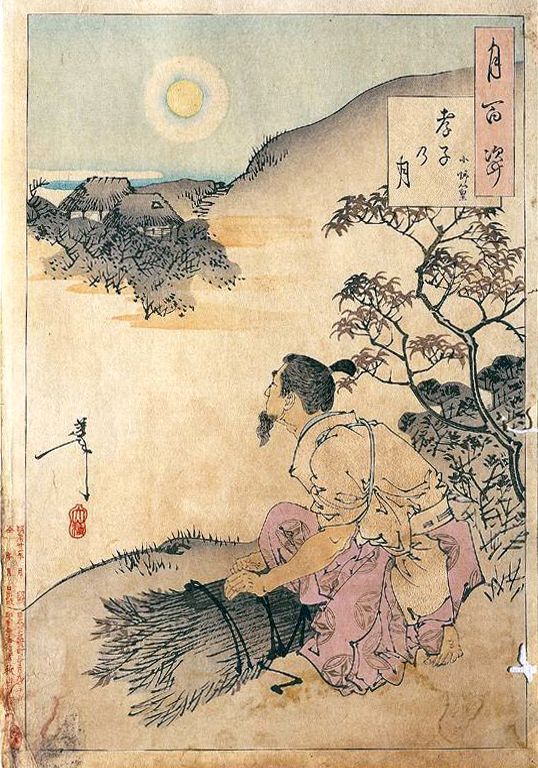
Illustration : "100 aspects of the moon - Moon of the filial son (Koshi no tsuki) de Tsukioka Yoshitoshi 月岡芳年 (1839 - 1892)
#poem#poetry#japan#kokin wakashu#kokinshu#waka#tanka#heian jidai#ono no takamura#kikuchi yosai#katsushika hokusai#utagawa kuniyosehi#tsukioka yoshitoshi#anthologie de poésie#poème#japon
393 notes
·
View notes
Photo

木天蓼[Matatabi] Actinidia polygama
Reading it as Matatabi is an Ateji. The following "Mokutenryō" is the usual reading, but this one is not used less often. https://en.wikipedia.org/wiki/Ateji
木[Moku] : Tree, wood
天[Ten] : Sky; heavens
蓼[Ryō] : Knotweed(Polygonaceae)
Cats have long been known to love this plant. See the link below. This is a picture book called 猫鼠合戦[Neko nezumi kassen](The War Between the Cats and the Rats) by Utagawa Yoshitora in the late Edo period (1603-1868.) The flag above the head of the black cat in the center of page 6 says またゝび[Matatabi]. https://www.kodomo.go.jp/gallery/edoehon/nekonezumi/index_e.html
Tsukioka Yoshitoshi also drew pictures with the same title. On the page linked below, the white bag is labeled またたび. https://collections.mfa.org/objects/462454/
9 notes
·
View notes
Note
My Nekojima sims are for some reason autonomously flirting with each other (and no, I don't have any mods that allows it). Saiun Watanabe flirted with Kunisada Utagawa while at work, and Lin Mori flirted with Yuki Okido while Yoshiku Utagawa is unrequitedly in love with her (and they aren't even friends in my game, so she usually rejects his advances). Yoshitoshi got mad at her when she saw her flirting with Yuki! I usually don't like when my sims go against the story I have planned for them, but hey, this adds spiciness! Oh, and Lin's late husband's spirit keeps haunting their house.
You know, I always describe Nekojima as a dating simulator when I talk to people about it (a well-appointed universe that you can keep making new, casual playthrough saves for) and I'm positive those vibes are somehow infecting your game. I'm so sorry, but it does sounds like the fun kind of chaos.
4 notes
·
View notes